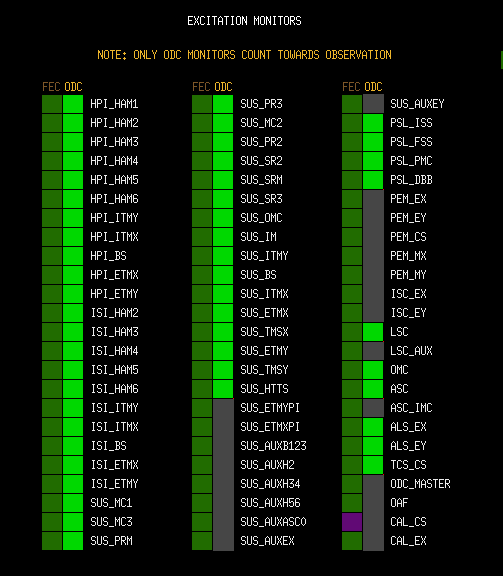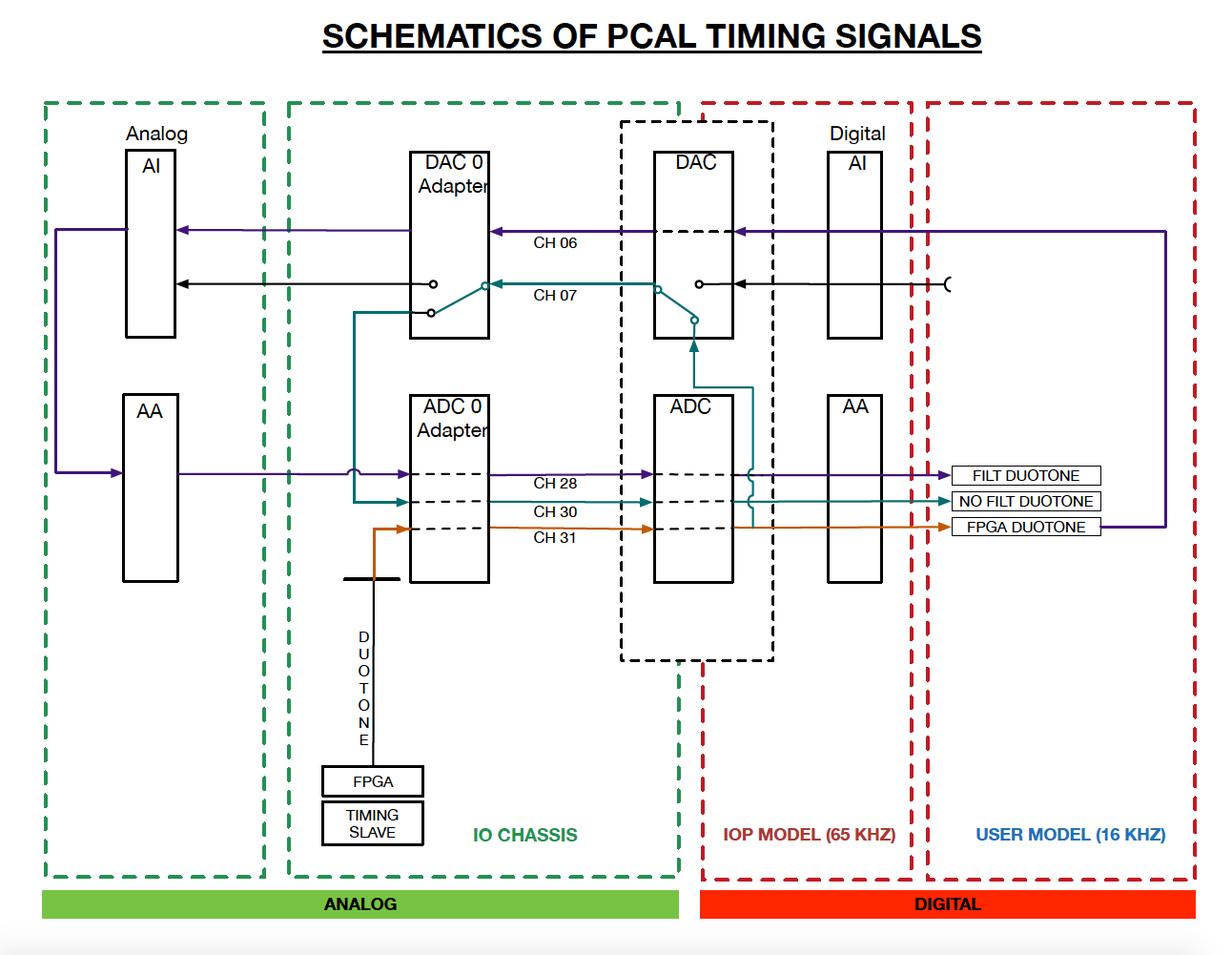Sudarshan, Darkhan
Overview
Today we took PCALX to DARM and PCALY to DARM TF measurements.
These measurements will be used to assess time delays/advances between Pcal excitation/readout channels vs. DARM_IN1.
Details
Earlier today we took PCAL(X|Y) to DARM TF measurements for estimating timing of Pcal channels vs. DARM_IN1. We noticed that in today's earlier measurements "2015-08-27_PCALX2DARMTF_TIMING.xml" and "2015-08-27_PCALY2DARMTF_TIMING.xml" used log.spaced frequency vectors. Since later in the day we got another opportunity to measure these transfer functions, we repeated earlier measurements but this time taking a linearly spaced frequency vector.
So the most recent measurements taken at a lin.spaced frequency vectors are (notice that they also include earlier log.spaced measurement TFs and coherences as ref0 and ref1):
- 2015-08-27_PCALX2DARMTF_linspace.xml
- 2015-08-27_PCALY2DARMTF_linspace.xml
All 4 measurements have been uploaded to calibration SVN (r1161):
CalSVN/aligocalibration/trunk/Runs/ER8/H1/Measurements/PCAL/2015-08-27_PCALX2DARMTF_linspace.xml
CalSVN/aligocalibration/trunk/Runs/ER8/H1/Measurements/PCAL/2015-08-27_PCALX2DARMTF_TIMING.xml
CalSVN/aligocalibration/trunk/Runs/ER8/H1/Measurements/PCAL/2015-08-27_PCALY2DARMTF_linspace.xml
CalSVN/aligocalibration/trunk/Runs/ER8/H1/Measurements/PCAL/2015-08-27_PCALY2DARMTF_TIMING.xml



































